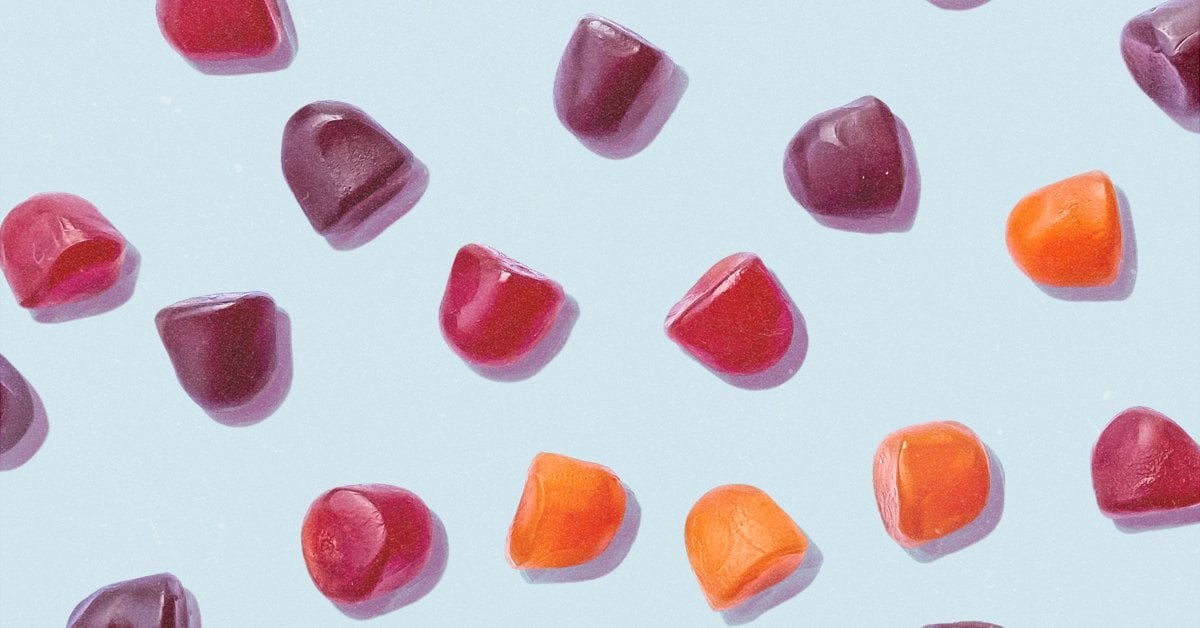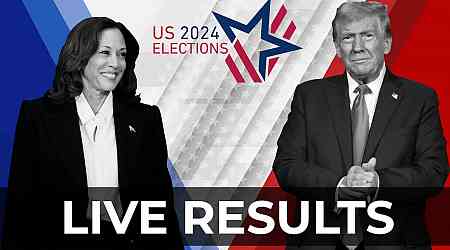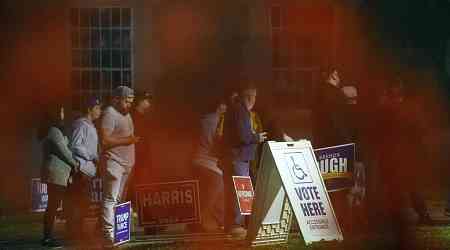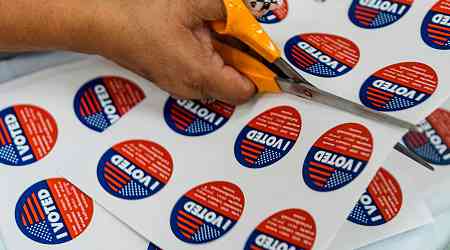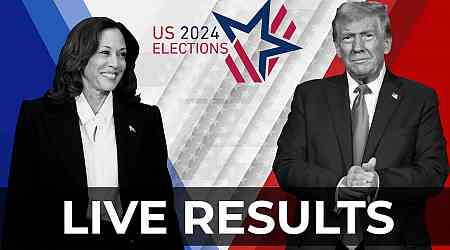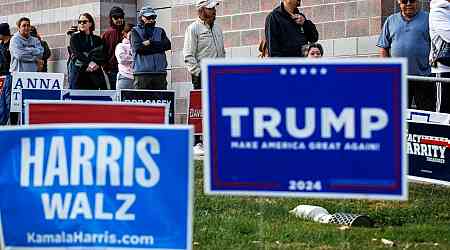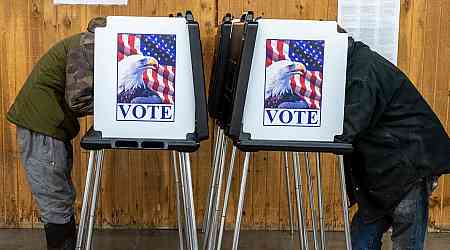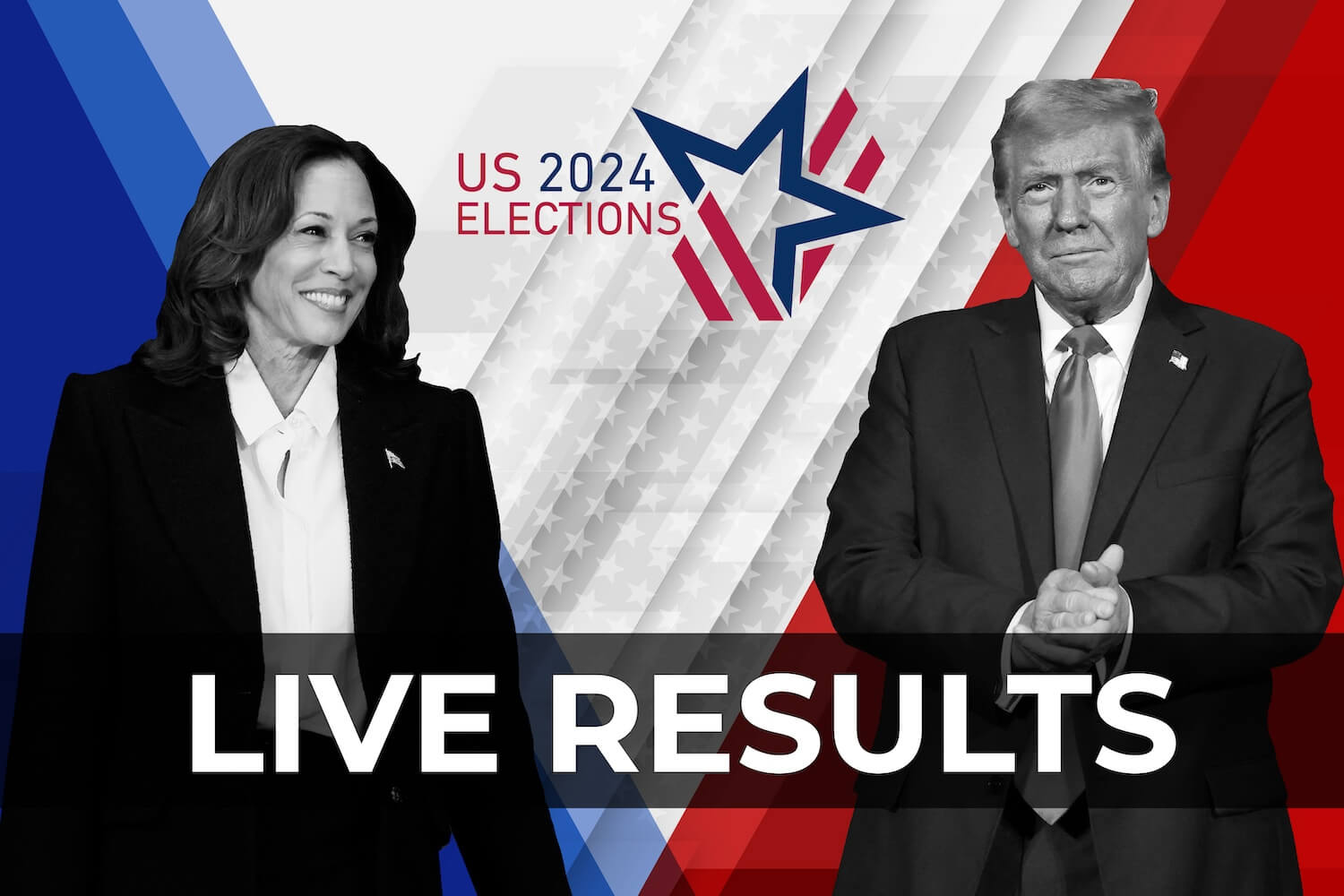
Edibles aren’t just for weed anymore. There’s a growing market for gummies, chocolates, and other products that claim to contain psychedelic mushrooms and promise consumers a new—and legal—way to get high.
Psilocybin, the best-known psychedelic substance derived from “magic” mushrooms, is a Schedule I substance: an illegal drug considered to have no medical use and high potential for abuse. So what’s in mushroom edibles that are openly sold in gas stations, smoke shops, and online marketplaces? And are the ingredients really legal?
[time-brightcove not-tgx=”true”]Here’s what to know.
What’s in mushroom edibles?
“It could be anything,” says Dr. Avery Michienzi, a medical toxicologist at the University of Virginia School of Medicine who has studied mushroom gummies.
Many brands say their products are made from Amanita muscaria, a mushroom that contains the psychoactive but non-scheduled compounds muscimol and ibotenic acid. (Michienzi calls Amanita muscaria the “Mario mushroom,” given its resemblance to the red-and-white spotted fungi in the classic video game.) Other brands claim to use only non-psychoactive mushrooms, like reishi, lion’s mane, and chaga, but still say their products will result in psychedelic experiences—a red flag that the label isn’t telling the whole story, Michienzi says. Inaccurate labeling, she says, is rampant throughout the mushroom edibles market.
Read More: Safer Psychedelic Drugs May Be Coming
Testing by Michienzi’s team, as well as additional analysis by federal regulators, has shown that these products may contain a wide range of undisclosed—and potentially dangerous or illegal—ingredients, including psilocybin, psilocin (a similar compound that’s also a Schedule I drug), kratom (an herb that can cause opioid-like effects), and even prescription medications, including stimulants.
And those are just the substances that turned up in the specific batches that were tested, Michienzi notes. There’s no telling what’s in other batches, or if additional substances that the researchers didn’t have the capacity to test for may have been included as well.
Some brands claim that their products have been lab-tested for safety and provide “certificates of analysis” that allegedly prove what’s inside, but Michienzi says they’re often bogus. “I don’t trust them at all,” she says.
Are mushroom edibles safe?
Without knowing exactly what’s in mushroom edibles, “I can’t say with any confidence that there’s any product that’s safe,” says Eric Leas, an assistant professor at the University of California, San Diego’s Herbert Wertheim School of Public Health who has studied mushroom edibles.
The U.S. Food and Drug Administration (FDA) has recently told consumers not to use any products made by the brand Diamond Shruumz, as they have been linked to seizures, blackouts, heart problems, nausea, vomiting, agitation, and other side effects. As of late September, 70 people across the country had been hospitalized after using Diamond Shruumz products, and at least three deaths have been potentially linked to the investigation. FDA testing revealed a range of ingredients in Diamond Shruumz products, including a synthetic psychedelic similar to psilocybin, psilocin, a prescription anticonvulsant medication, muscimol, and ibotenic acid.
“The FDA is concerned about any products that contain potentially harmful ingredients, including undisclosed ingredients and illegal substances,” an agency spokesperson said in a statement to TIME. “Consumers should use extra caution when deciding to purchase or consume such products that claim to produce a feeling of euphoria, hallucinations, or psychedelic effects.”
Read More: How COVID-19 Messes Up Your Gut Health
Even setting aside the possibility of undisclosed ingredients, it’s important for consumers to know about the effects of Amanita muscaria, which can be toxic. When muscimol and ibotenic acid, the mushroom’s psychoactive components, are used in edibles, they can affect people very differently than psilocybin, Leas says.
As with psilocybin, consuming components of Amanita muscaria can lead to psychedelic effects including hallucinations and altered perceptions of sight, sound, time, and space. But muscimol is a sedative, so its effects can feel more similar to intoxication from alcohol—including potential blackouts at high doses, Leas says. Part of the reason Amanita muscaria’s psychoactive elements are not scheduled substances, he believes, is that people tend to find their effects unpleasant, so there’s low potential for abuse.
Are mushroom edibles legal?
Even if mushroom gummies truly contain only components of Amanita muscaria, they still fall into a legal and regulatory gray area. Amanita muscaria and its constituents are not scheduled substances, so they are legal for U.S. consumers to possess (except in Louisiana, which has banned the mushroom as part of a longstanding law limiting use of hallucinogenic plants). But existing laws do not definitively address whether it can be produced and distributed commercially, according to a recent journal article that Leas co-authored.
The regulatory requirements for mushroom edibles are similarly murky, says Ikhlas Khan, director of the National Center for Natural Products Research at the University of Mississippi. “Nothing is defined,” he says, since the FDA has not clearly specified whether mushroom edibles must be regulated as dietary supplements, foods, or drugs, essentially creating a free-for-all for manufacturers.
Read More: What to Expect at a Mammogram
“‘Mushroom edibles’ is not a defined term in the Federal Food, Drug, and Cosmetic Act,” an FDA spokesperson wrote in a statement to TIME, adding that the agency needs to make a “case-by-case evaluation to determine product jurisdiction.” Depending on a particular product’s ingredients and the way it is being marketed—if its label makes claims about treating a specific health condition, for example—it could be considered a drug, dietary supplement, or food.
With so much uncertainty, brands are slipping through the cracks and effectively skirting regulation altogether, Leas says. He thinks the FDA should establish a new division—something like a Center for Psychoactive Products—to patrol this gray zone, which could also include herbal products like kratom, kava, and salvia.
Right now, the safest choice for people curious about consciousness-altering drugs is to visit a state-regulated facility, where products must meet certain standards around safety, dosing, and ingredient disclosures, Leas says. There are licensed psilocybin administration centers in Oregon (and, soon, Colorado), and recreational marijuana is now legal for more than half of adults in the U.S.


















